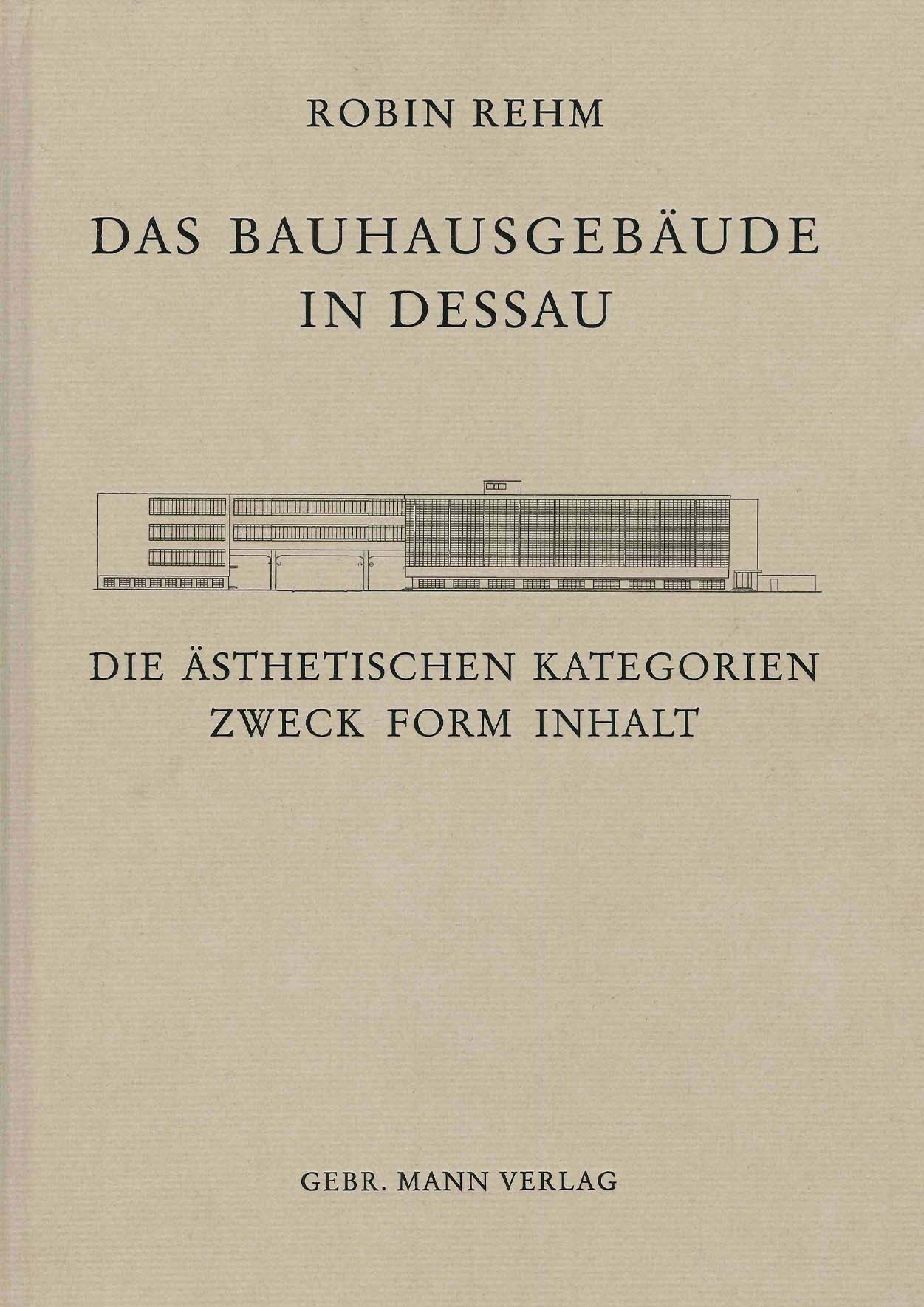
Rehm, Robin, Das Bauhausgebäude in Dessau. Die ästhetischen Kategorien Zweck Form Inhalt, Berlin 2005.
To the publication
Berlin 2005. The starting point of the study is the paradox that the Bauhaus building erected by Walter Gropius in 1926 appears purposeful, although it is in fact not. Aesthetically, however, purpose cannot only be stated when an object is actually functional, but also when purpose is only visually implied. This circumstance, which depends on the consciousness of the observer, has fundamental consequences for the understanding of the Bauhaus building as well as for the architecture of the 1920s in general. The author gains his insights into the perceptual contexts and thought contents of the Bauhaus building on the basis of the aesthetic categories of purpose, form and content.